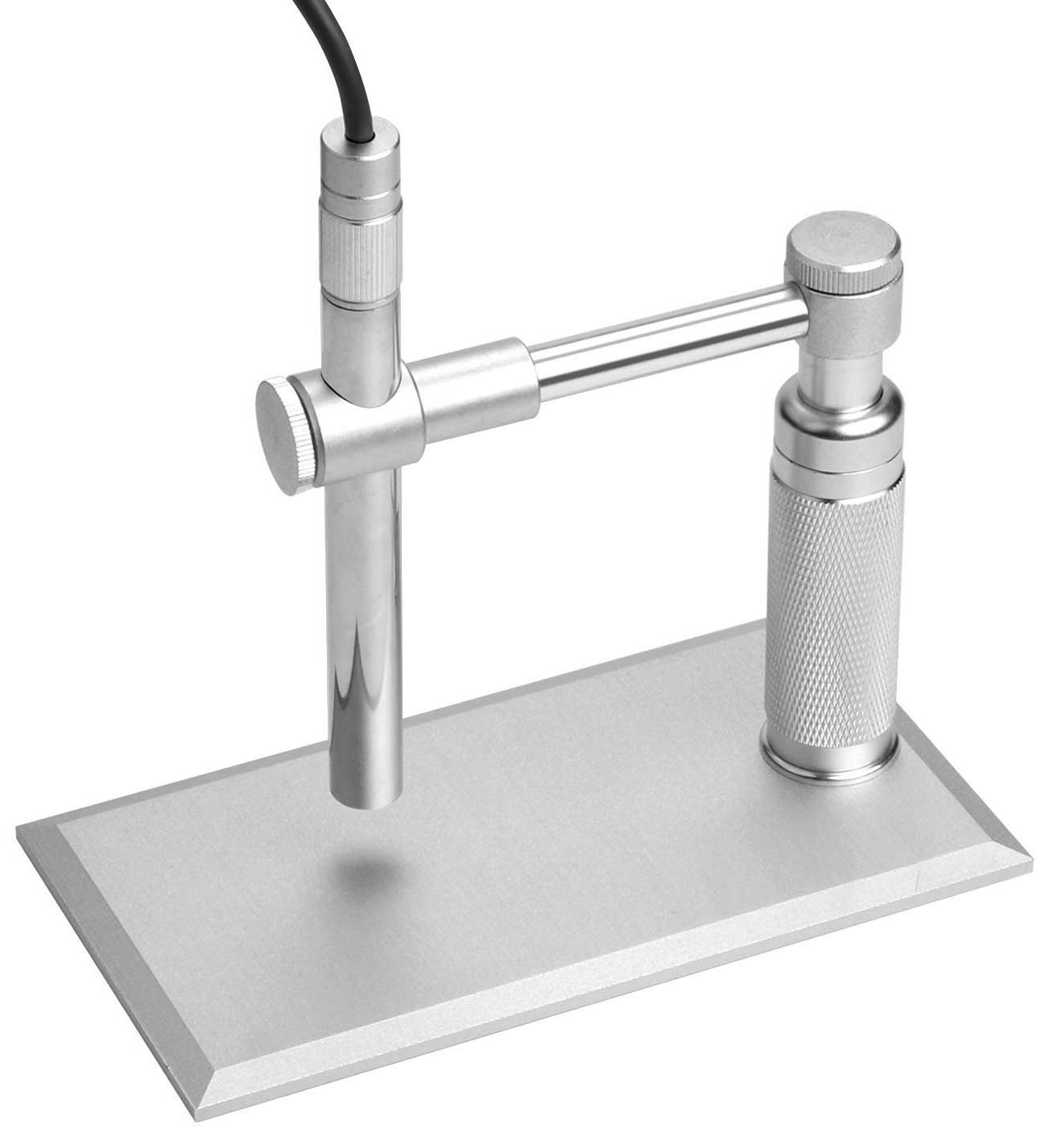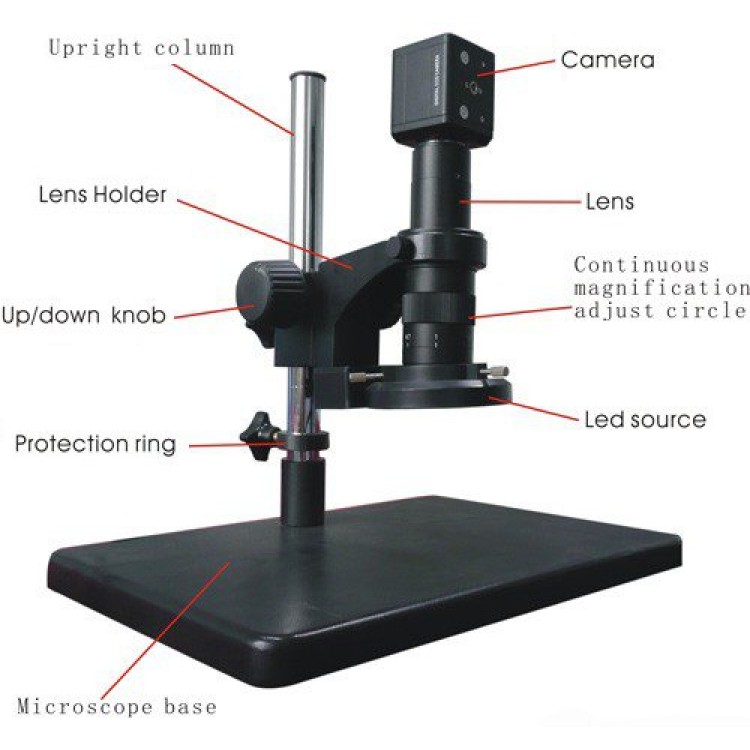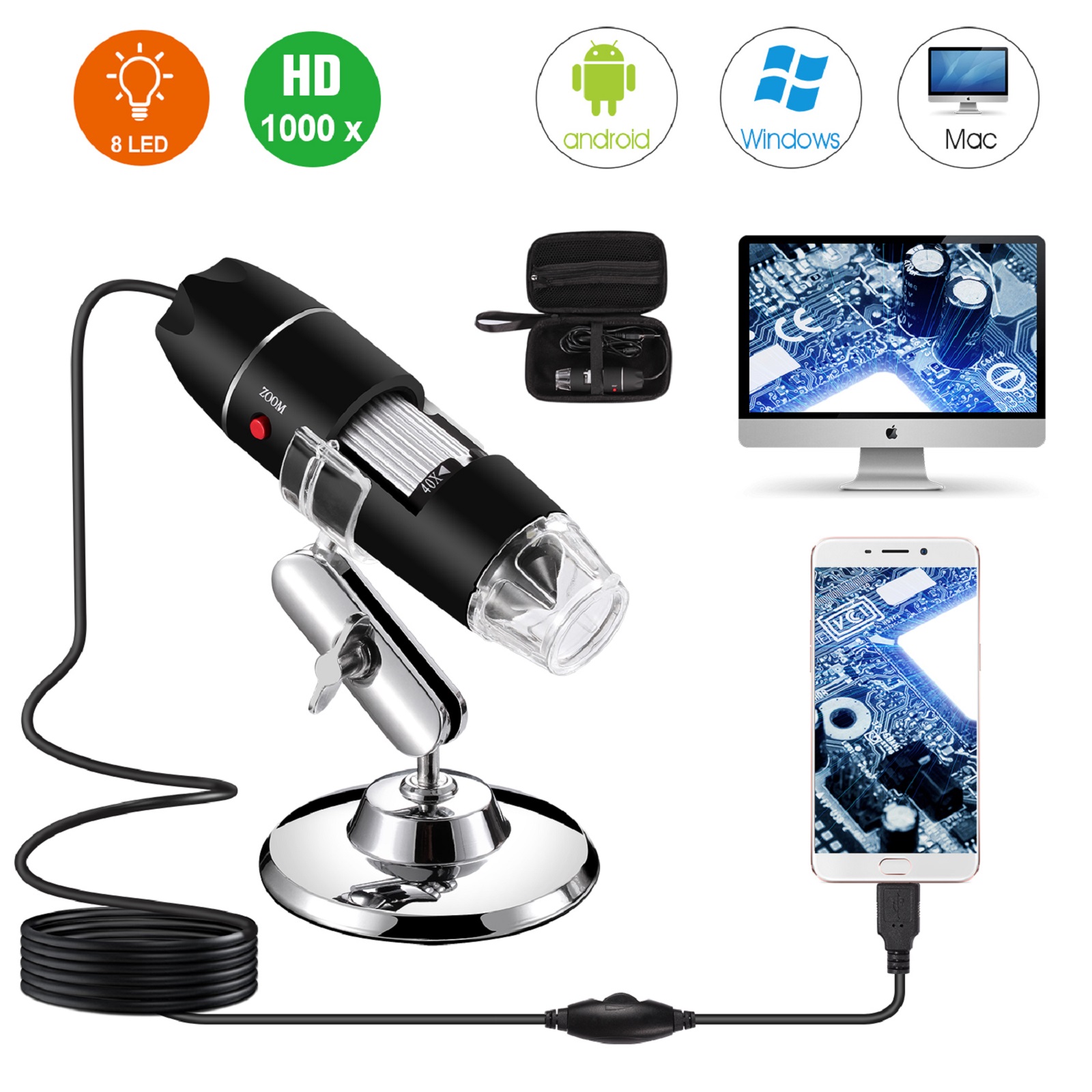

For example, consider a magnification of 50x with a 10 x 6 mm area displayed on the monitor. Monitor magnification = (Monitor size in inches x 16*) / Size of image sensor*Ĭonversely, the size of the field of view (observation range) is inversely proportional to the total magnification. The monitor magnification differs depending on the image sensor and monitor size, and can be calculated with the following formula: The optical magnification is indicated by the lens scale.

Total magnification = Monitor magnification x Optical magnification This magnification is called the total magnification, which can be calculated with the following formula: In the case of digital microscopes, because images are observed on a screen, the magnification is the product of the lens’ optical magnification and the monitor display size. The optical magnification of a stereoscopic microscope can be calculated by multiplying the magnification of the objective lens by that of the eyepiece. What makes KEYENCE digital microscopes special? A stereoscopic microscope, on the other hand, has a wider field of view and a longer working distance, and thus it is used for assembling and inspecting precision parts as well as for dissection and cell manipulation. A digital microscope is also capable of saving images to an HDD as well as image processing and analysis using digital tools. Generally speaking, a digital microscope is suitable for long hours of observation, positioning, and dimensional measurement. A stereoscopic microscope also needs adjustments based on personal differences such as distance between the eyes and visual capability.


The magnification range of a digital microscope is several tens to thousands times while that of a stereoscopic microscope is only ten to several tens times. A stereoscopic microscope has two eyepieces―one for each eye―for observing the image that appears through the lenses. Industrial Continuous Inkjet Printers / CIJ PrintersĪ digital microscope is equipped with a high-precision digital camera that captures images of the target, which are displayed on the monitor for observation.LVDT / Contact Displacement Sensors (Probes).Spectral Interference Displacement Sensor.


 0 kommentar(er)
0 kommentar(er)
